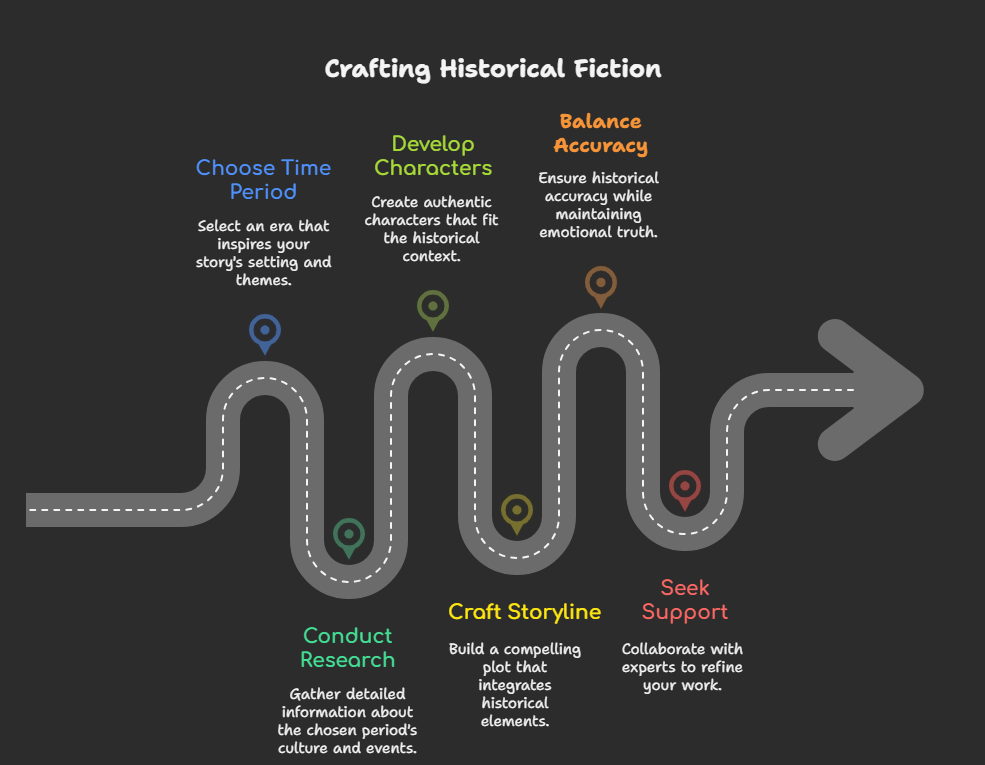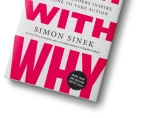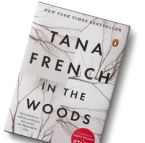
Historical fiction is where imagination meets the past. It’s a genre that lets writers transport readers into different centuries, cultures, and civilizations while crafting stories that are deeply human and emotionally resonant. Whether it’s the dusty roads of 18th-century America, the opulence of Mughal India, or the turbulent streets of World War II London, historical fiction breathes life into periods we can’t physically visit. But for writers, stepping into the world of historical fiction can be overwhelming. How do you blend accurate historical detail with a compelling story? How do you stay true to the period without boring your reader with lectures? And if you’re just starting out, where do you even begin?
This guide will walk you through every step of the process, from choosing your time period to outlining your story, writing believable characters, and even getting your book published. Along the way, you’ll see how working with a supportive team like Estorytellers can help you avoid the common pitfalls of historical fiction, save time on research, and produce a polished, publish-ready manuscript. Whether you’re writing your first historical short story or aiming to publish a full-length novel, you’ll find everything you need to start strong and stay on track.
Want to Bring the Past to Life?
We help you write compelling historical fiction with authentic settings, characters, and emotional depth.
Start My NovelUnderstanding What Makes Historical Fiction Work
Historical fiction isn’t just about setting a story in the past. It’s about immersing readers in a time and place that feels real, with characters who behave according to the norms, beliefs, and circumstances of their era. That means research matters—a lot. But research alone isn’t enough. The most memorable historical fiction combines factual context with rich storytelling. Readers don’t want to read a history textbook. They want to experience the world through your characters’ eyes.
You need to understand the historical context, but you also need strong fiction writing skills. That means building well-rounded characters, establishing clear goals and conflicts, using authentic dialogue, and crafting scenes that move the story forward. Writing historical fiction is about finding the balance between historical accuracy and emotional truth. That’s where Estorytellers come in—they help you stay grounded in your story while ensuring your historical details are consistent, appropriate, and meaningful.
Choosing a Time Period That Inspires You
When starting a historical fiction project, your first decision is the most obvious one: what time period do you want to write about? This decision shapes everything—your setting, your characters, your themes, and even your writing style. Some writers choose an era they’re already fascinated by, such as the Victorian period or the Great Depression. Others are inspired by family stories, a particular historical event, or a cultural moment that deserves more attention.
Once you choose your period, narrow your focus. Don’t try to cover the entire Renaissance or all of ancient Egypt. Pick a specific location, year, or event as the anchor for your story. For example, writing a novel set in New York City during the 1918 Spanish flu pandemic gives you a clear setting and timeframe that makes research manageable. Estorytellers can help at this stage by offering research support and even helping you refine your time period based on your story goals.

Doing the Right Amount of Research
One of the biggest challenges in writing historical fiction is knowing when to stop researching and start writing. You want your details to be accurate, but you don’t want to get stuck in an endless rabbit hole of facts and footnotes. Start with general background information, then dig deeper as you define your plot and characters. Focus on the social structure, language, clothing, technology, and daily routines of the time. These are the elements that will show up most in your scenes and interactions.
It’s a good idea to create a research document or folder where you keep key facts, quotes, and sources. But remember: your story should never become a history lecture. Use historical detail to enrich your narrative, not distract from it. If you’re worried about balancing research and writing, Estorytellers can help streamline the process by providing fact-checked historical notes and summaries tailored to your plot and setting.
Have a Historical Idea but No Time to Write?
Our ghostwriters blend research and creativity to turn your idea into a powerful, publish-ready book.
Hire a GhostwriterCreating Believable Characters in a Historical Setting
Characters are the heart of any story, and in historical fiction, they must feel like they truly belong to their time. That doesn’t mean they have to be famous historical figures—in fact, creating fictional characters who react to real events often works best. What matters is that their behavior, beliefs, and emotions align with the world they inhabit. A woman in 1840s England wouldn’t likely think or act like a modern feminist, but that doesn’t mean she can’t be strong, bold, or progressive for her time. Also, make sure to write exceptional dialogue for fiction.
Give your characters clear motivations and flaws. Let them struggle with issues that feel real within their historical context. Maybe your protagonist is a soldier grappling with loyalty and guilt, or a mother trying to protect her children during a revolution. Whatever their story, make sure their personal journey reflects the broader themes of the time period. Estorytellers’ fiction development team works with authors to build characters that are emotionally authentic and historically grounded, so your readers believe every word they say.
Crafting a Strong Storyline That Honors History
A good historical fiction novel should have a compelling plot that keeps readers turning pages, just like any other genre. Don’t rely on historical facts to drive the story—build tension, stakes, and drama through your characters’ choices. Whether you’re writing about survival, romance, betrayal, or transformation, your plot should be clear, structured, and satisfying.
Consider using a traditional story arc: introduce your world and main characters, escalate the conflict, reach a turning point or climax, then resolve the main tension in a meaningful way. Integrate historical events where they make sense, but don’t force them into the plot just for the sake of accuracy. Estorytellers helps writers create detailed chapter outlines and story arcs that blend narrative flow with historical realism. This helps you stay focused, avoid tangents, and ensure your plot resonates emotionally and historically.
Struggling With Historical Accuracy?
We assist with timeline accuracy, real events, cultural references, and dialogue that fits the era.
Fix My FactsDialogue and Language in Historical Fiction
Dialogue is one of the trickiest parts of writing historical fiction. You want your characters to sound like they’re from the past—but not so much that they become hard to understand. A good rule of thumb is to use modern sentence structure with occasional period-appropriate terms and expressions. Avoid overusing slang or dialect unless you’ve done careful research to back it up.
Let your dialogue reflect the values, education levels, and cultural norms of the time. Characters in 1800s Boston won’t speak the same way as those in 1940s Harlem or 1600s France. Listen to how people spoke in old letters, journals, plays, or interviews. Estorytellers’ editorial team can review your dialogue for tone, pacing, and historical accuracy so your conversations feel natural and immersive, not jarring or forced.
Writing Historical Fiction for Kids
If you’re wondering how to write historical fiction for kids, the process is similar, but you need to simplify. Young readers need strong stories, vivid characters, and meaningful themes—just like adults—but told in a way that’s easy to understand. Pick a setting that’s exciting or relatable to children. It could be a kid’s perspective during the Civil Rights Movement, life on the frontier, or adventures in ancient Rome.
Use accessible language, age-appropriate challenges, and clear moral lessons. Keep chapters short and punchy. Add visual descriptions that stimulate imagination. Estorytellers works with authors who write for young readers, helping to tailor historical narratives to different age groups with age-appropriate vocabulary and themes. Their designers also offer layout and illustration services for middle-grade and children’s historical fiction books.
Outlining Your Historical Fiction Book
A good outline keeps your story from spiraling out of control. While some writers are “pantsers” (writing by the seat of their pants), historical fiction benefits from a more structured approach. Create a chapter-by-chapter roadmap that includes the key events of your plot, the emotional shifts for your characters, and the historical milestones that anchor your story.
Include notes about what needs to be researched in each section so you can fact-check as you go. Your outline is your tool—it should evolve with your story. Estorytellers offers outline consulting and co-writing services that help transform your brainstormed scenes into a complete, ready-to-write structure.
Revision and Editing: Making It Shine
After your first draft is complete, you’ll need to revise. Start with big-picture issues: does the story make sense? Do the characters grow? Does the pacing work? Then look at the historical details—are they consistent and believable? Finally, move on to line editing and proofreading. This stage can take time but it’s worth it. A great story can be lost in clunky writing or historical inaccuracies.
Estorytellers’ multi-level editing services include developmental editing, line editing, and final proofreading. Their editors work with you to preserve your voice while strengthening your plot, tone, and accuracy. This support is especially valuable for first-time historical fiction authors who may feel unsure about what’s working and what isn’t.
Want Characters That Reflect Their Time?
We help you create layered characters with historical context, motivations, and emotional journeys.
Create My CharactersPublishing Your Historical Fiction Book
Once your book is revised and edited, you’ll need to decide how to publish. You can try traditional publishing by submitting your manuscript to agents or publishers who specialize in historical fiction. This route can be rewarding but competitive and slow. Self-publishing is a more accessible option, especially if you want full creative control and faster turnaround.
Estorytellers guides authors through both traditional and self-publishing processes. If you choose to self-publish, they’ll handle your cover design, interior formatting, ISBN registration, and upload your book to platforms like Amazon KDP. If you pursue traditional publishing, they can help craft your query letter, synopsis, and submission materials.
Conclusion
Historical fiction gives writers the chance to build bridges between the past and the present. It allows readers to see history not as dry facts and dates, but as lived experiences full of emotion, complexity, and drama. Writing historical fiction takes patience, creativity, and research—but it also offers a deep sense of satisfaction. When you get it right, you don’t just tell a story. You give your readers a whole new world to inhabit.
If you’re new to fiction writing or unsure where to begin, know that help is available. From choosing the right historical setting to building a strong plot and polishing your final draft, Estorytellers provides expert support at every stage of the journey. Whether you’re outlining your first chapter or preparing for publication, their team is equipped to make your story accurate, engaging, and unforgettable.
So take the first step. Pick a time period, imagine your characters, and begin writing. History is waiting—and your story might be the one that brings it back to life.






























